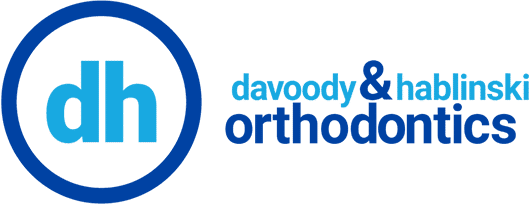What is expected of me during my orthodontic treatment?
We hear this question a lot at Hablinski & Chen Orthodontics, and we don’t mind when patients who are eager to complete their orthodontic treatment ask us. After all, we know there is no better feeling than getting your braces off! During your initial consultation with Dr. Hablinski and Dr. Chen, we will map out a specific treatment
Top Ways to Ensure You and Your Braces Have a Good Relationship
You and your braces will become good friends over the coming months or years, so it’s important to get your relationship off to a good start. Consider the following recommendations to prevent rocky times ahead: Floss, floss, floss. Yes, it’s a pain to floss around your braces, but it’s the best way to prevent gum disease and other
Sugar and Your Orthodontic Treatment
One word no one likes to hear is “cavity!” For those patients of ours wearing braces, hearing that word is especially problematic, considering that delaying any dental work may result in delaying treatment time. We often blame candy as the culprit behind tooth decay, but other foods and drinks that kids consume can be just as harmful to
Fluoride and Your Orthodontic Treatment
Our team at Hablinski & Chen Orthodontics knows that there are many ways you can protect your pearly whites throughout your orthodontic treatment. If you follow the rules and brush your teeth twice a day, floss often, and protect your appliances from damage, you should have a successful treatment. But did you know there’s another way to keep
Kristin Cavallari and Palatal Expanders
It’s no easy feat to have one of the best smiles in Hollywood. The reality TV starlet Kristin Cavallari attributes her gorgeous smile to routine oral hygiene, the removal of two impacted wisdom teeth, and having undergone orthodontic treatment. Kristin’s treatment began in sixth grade when she was fitted with a device Dr. Hablinski and Dr. Chen and
What is dentofacial orthopedics?
You may have noticed that we specialize in orthodontics and dentofacial orthopedics. And while most people we talk to have heard of orthodontics, many are confused by the dentofacial orthopedics part of the title. Today, Dr. Hablinski and Dr. Chen and our team thought we would explain the difference. While orthodontics entails the management of tooth movement, dentofacial

